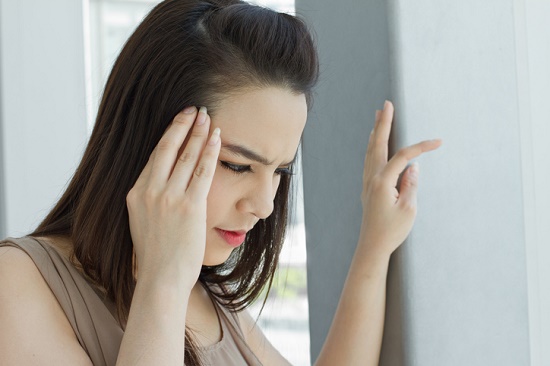
A balance disorder is a condition that makes you feel dizzy or unsteady, producing the sensation of spinning or floating or moving. And although abbreviated or minor episodes of dizziness are commonplace and no cause for worry, more extreme sensations of spinning (vertigo) or chronic dizzy spells should be evaluated.
Along with dizziness, you may also encounter other symptoms including nausea, changes in heart rate, anxiety, or panic. Again, if these symptoms are particularly extreme or prolonged, it’s best to seek professional care.
The types and causes of balance disorders are diverse, but before we get to that, let’s quickly review how the body normally maintains its sense of balance.
How the body sustains its balance
We take our body’s ability to maintain balance for granted because it customarily operates effortlessly behind-the-scenes. But when you give it some thought, maintaining balance is really an impressive feat.
Even in motion, your body is able to sense its location in space and make modifications to hold your body upright, while calling for little to any mindful control. Even if you close your eyes, and eliminate all visual cues, you can precisely sense the position of your head as you shift it up or down, left or right.
That’s because your vestibular system—the group of organs and structures in your inner ear—can sense any changes in your head position, transmitting nerve signals to notify your brain of the change.
Structures in the inner ear referred to as semicircular canals consist of three fluid-filled ducts placed at roughly right angles to each other. When you move your head, the fluid moves along with it, stimulating the nerve cells that send the information to your brain.
This, combined with visual cues and musculoskeletal sensory information, alerts the brain to exact modifications in head and body position.
Common balance disorders and causes
Balance disorders are a consequence of a disruption within the vestibular system or with the brain and its ability to examine and act upon the information.
Balance disorders can consequently be caused by anything that impacts the inner ear or brain. This list includes, but is not restricted to, medications, benign tumors, ear infections, head injuries, low blood pressure or other cardiovascular conditions, and some neurological conditions.
Common balance disorders include Meniere’s Disease, Benign Paroxysmal Positional Vertigo (BPPV), Labyrinthitis, Vestibular Neuronitis, together with several others. Each disorder has its own specific causes and symptoms and can be diagnosed only by a professional.
Diagnosis and treatment of balance disorders
The diagnosis and treatment of any balance disorder begins by ruling out any medical conditions or medications that may be causing the symptoms. You might need to change medications or seek treatment for any underlying heart, neurological, or musculoskeletal condition.
If your balance problem is caused by problems with the inner ear, such as with Meniere’s Disease, treatment may include dietary and lifestyle changes, physical manipulations of the head, or medications to ease the symptoms. Your healthcare provider can provide additional information specific to your condition and symptoms.
